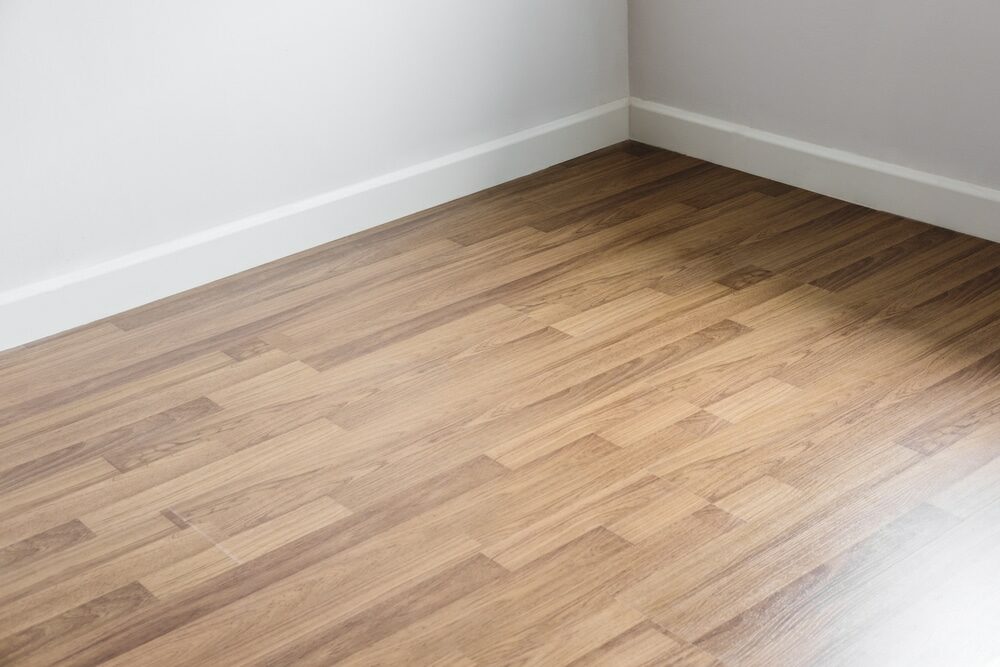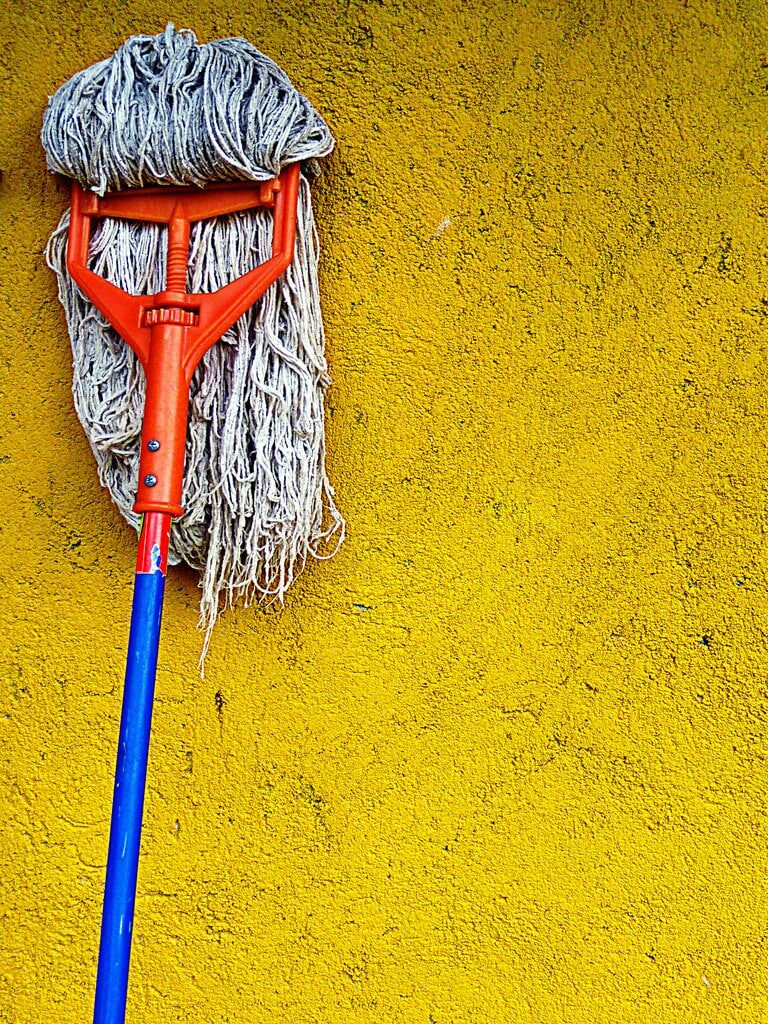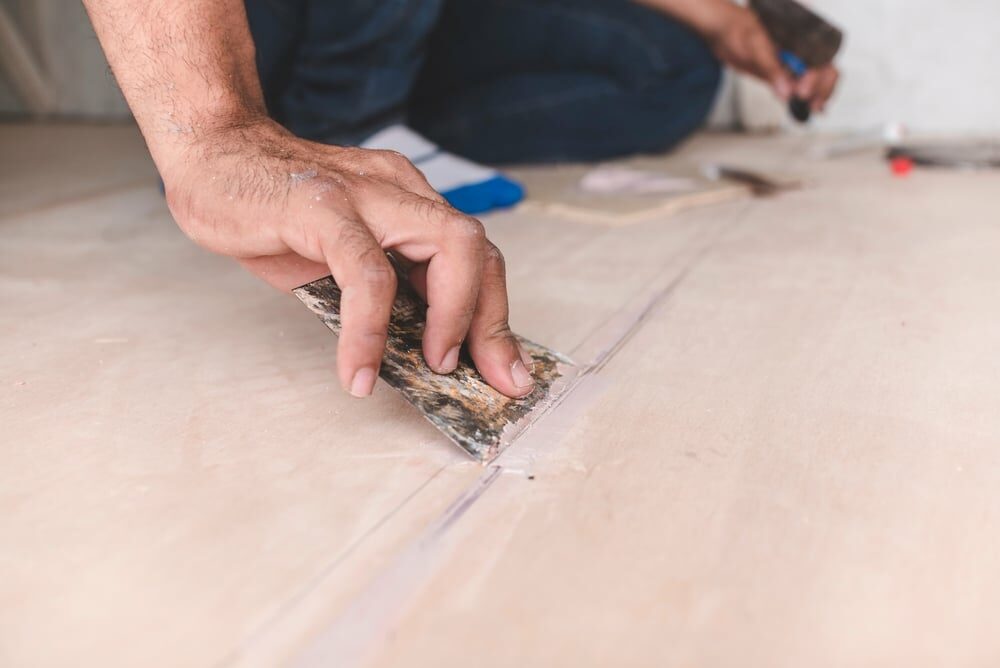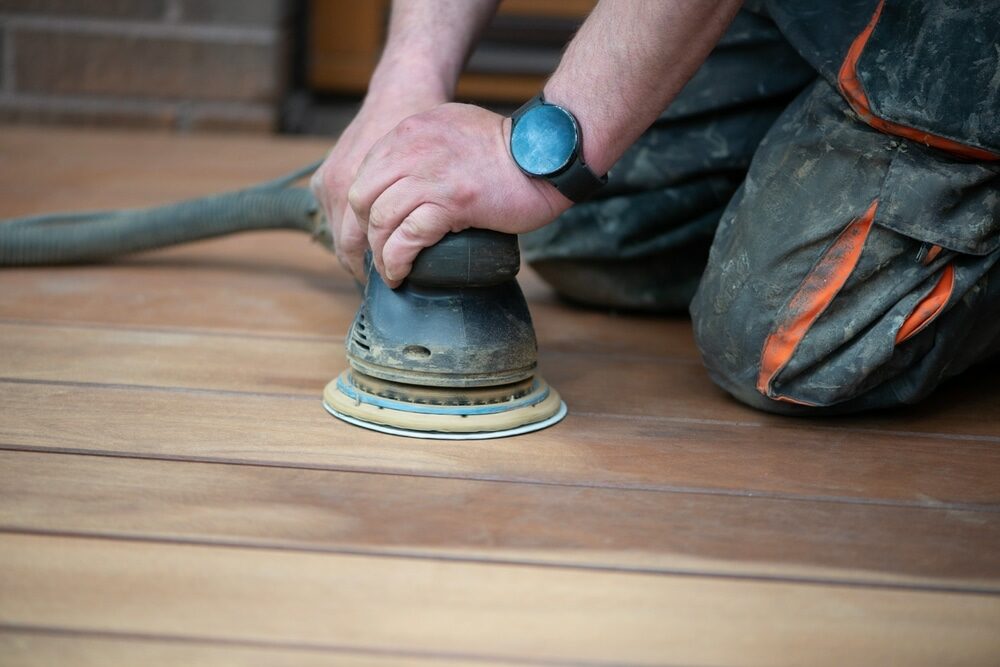London:
Nationwide:
Expert Softwood Flooring Refinishing Services in London
Posted on August 1, 2023
Articles
Top Quality Softwood Flooring Refinishing in London | Your Trusted Home Improvement Specialists
London homeowners built between 1850 and 1900 may have original softwood flooring in their homes as softwoods and pine, in particular, were widely used for floor sanding. If you are thinking about refinishing your floor, then you are right to consider carefully before jumping into the softwood refurbishment process. This is not a small project, but if you are ready to refurbish and refinish your softwood floor, it’s a job worth doing well. In addition to being physically fit with a strong back and knees and with a basic knowledge of carpentry and DIY in general, refinishing a floor will mean long periods spent on the knees or crouched in corners or small spaces, particularly if stairs are being refinished. Refinishing your softwood floor will be time-consuming, so allocate enough time to complete all the steps properly.
In addition to being physically fit with a strong back and knees and with a basic knowledge of carpentry and DIY in general, refinishing a floor will mean long periods spent on the knees or crouched in corners or small spaces, particularly if stairs are being refinished. Refinishing your softwood floor will be time-consuming, so allocate enough time to complete all the steps properly.
Types of softwoods
While it would be fair to say that pine is the most popular choice of softwood flooring, especially in bedrooms and low-traffic areas, it also offers a bright, clean appearance making it ideal for brightening up any dark room. Other types of softwoods include cedar, ash, fir, and birch, while maple has the unique distinction of being in both the soft and hardwood category. Softwoods are derived from rapid-growing coniferous trees and are more readily available than hardwoods, making softwoods less expensive and eco-friendly.What’s the difference?
As the name suggests, the thicker density of hardwoods such as mahogany, teak, and oak means they can withstand wear and tear better than softwoods. For example, stiletto heels have destroyed the look of many a softwood floor, whereas, with hardwood, the more resilient nature of the wood affords additional protection. However, avoid wearing heels wherever possible on any type of real wood floor.The refinishing process for softwoods
The procedure for finishing softwoods is different from that of hardwood refurbishment, although this does not mean it is impossible to undertake or that it is not worthwhile. A beautifully restored pine or Douglas fir floor adds brightness to any type of room and is especially popular in conservatories. Because softwoods are more delicate, you should take extra special care with the sander and never let the machine run static, or it will carve out some nasty gouges on the floor. As with sanding hardwood, begin with a coarse grain of paper and work up to fine, but a good idea is to err on the side of caution, and if you are unsure as to what paper to use, choose a finer grade rather than a coarse paper. This will mean more sanding, but at least you will know you are not being over-heavy on the floor. If you feel unsure of tackling your floor with an industrial sander, a viable alternative is to strip the floor with a non-toxic soy gel solution and a screening sander. Alternatively, you can obtain a cost-free quotation from a specialist floor sanding company. Refinishing Because you are working with softwood, you should ensure your finishing offers a sufficiently strong veneer such as varnish or a finishing type with a hardening agent additive for extra protection. Floor Sanding and Varnishing, in particular, bring a real shine to light-colored wood and a clean and sparkling finish to the room. In addition, varnish brings out the beautiful grain of pine and cedar without affecting the delicate shade of the wood. Spending time refinishing with care will enhance your softwood floor and make it more durable, adding many years of service before further refinishing is required.
Some Useful Links:
- Floor Sanding Services
- School Floor Sanding
- Wood Floor Restorations
- Wood Floor Repairs
- Wood Floor Polishing
More from our Blog:
Screening your Wood Floors – Reinvigorating a Timeless Feature Choosing Wood Floor Finishes: Enhance and Protect Your Flooring The Lustre Factor: Transformin g the Appearance of Hardwood Floors Mastering Floor Care: The Uniqueness of Floor Sanding and Finishing Products Expert Parquet Floor Sanding: Differentiating Herringbone, Basket, Square, and 5-Finger Block Patterns
Sanding
We provide virtually dust-free sanding with our continuous belt machinery with mobile extraction units, giving you a safer environment for your family.
Oiling
This organic finish not only adds beauty to your home but also has exceptional water-repellent characteristics, making it easier to clean and maintain.
Waxing
This natural floor finish offers the softest and most mellow appearance – and leaves your floor able to breath.
Buffing
Using soft buffing machines (and hand-polishing where required) will bring a wonderful sheen to your newly-finished floor.
Repairs
We offer a full assessment of your wooden floors to determine what repairs are needed to provide the perfect working surface for the later stages of sanding, staining and sealing.
Restoration
We offer a comprehensive restoration process designed to address floors that are improperly fitted or damaged over time through wear and tear.
Request a fixed price quote for your wood floor restoration now
Simply enter your postcode below to get started.
Services
Wood Floor Sanding Wood Floor Restoration Wood Floor Scratch Repair Squeaky Wood Floor Repair Parquet Floor Sanding Parquet Floor Restoration Commercial Floor Sanding Church Floor Sanding Community Centre Floor Sanding School Floor Sanding Gap Filling Gap Filling with ResinCopyright © Mr Sander®
Privacy & Cookies Terms & Conditions Complaints Procedure Cancellation Rights Sitemap





